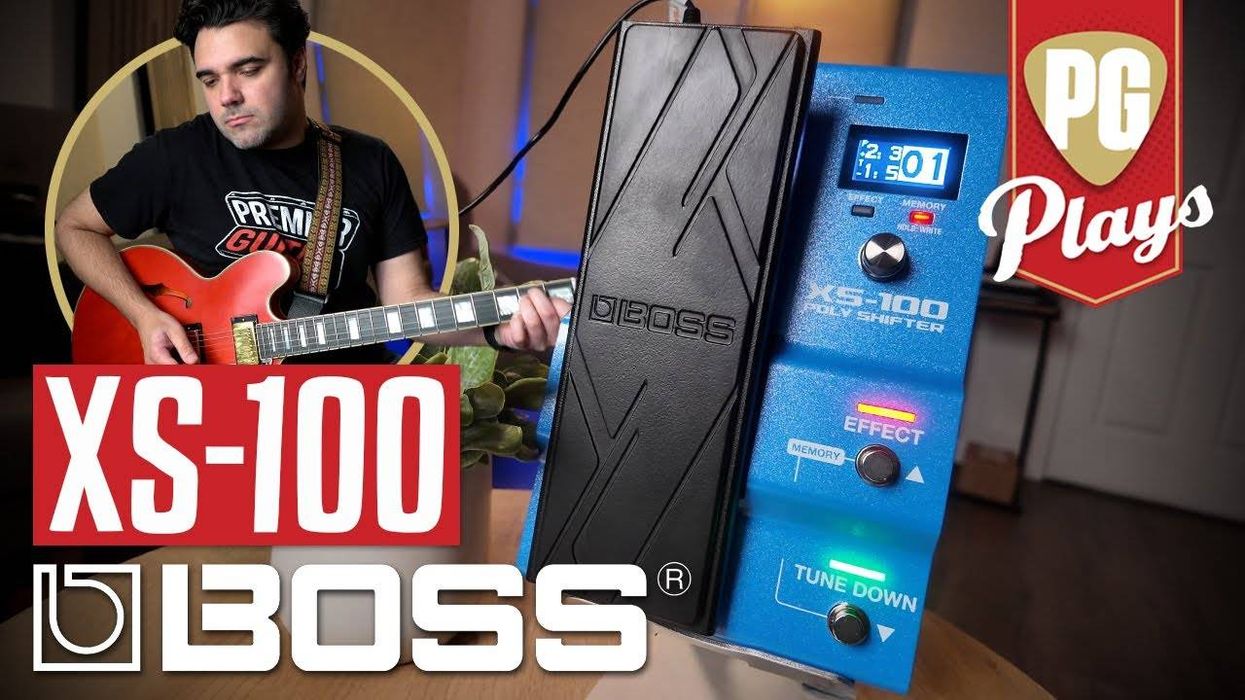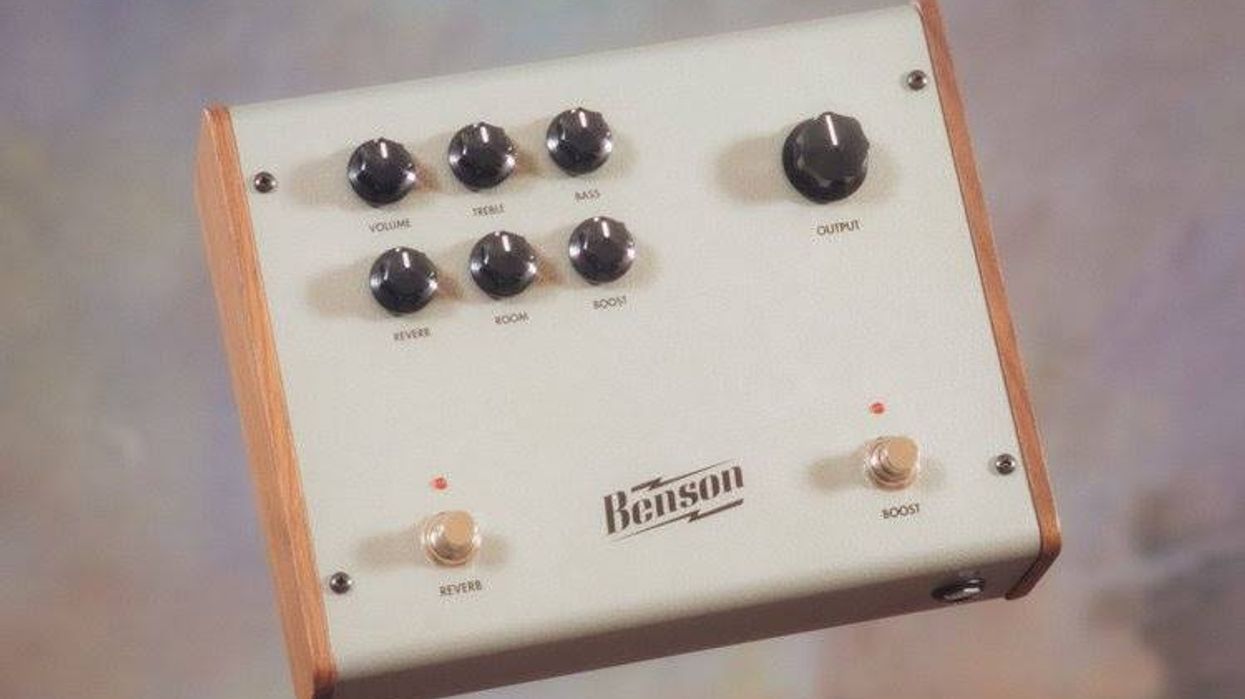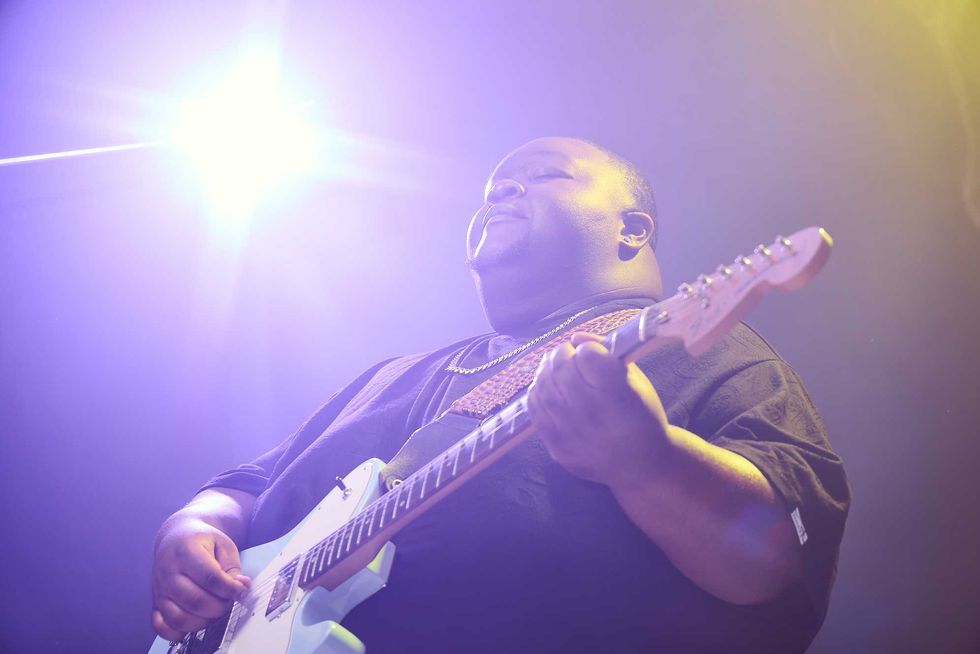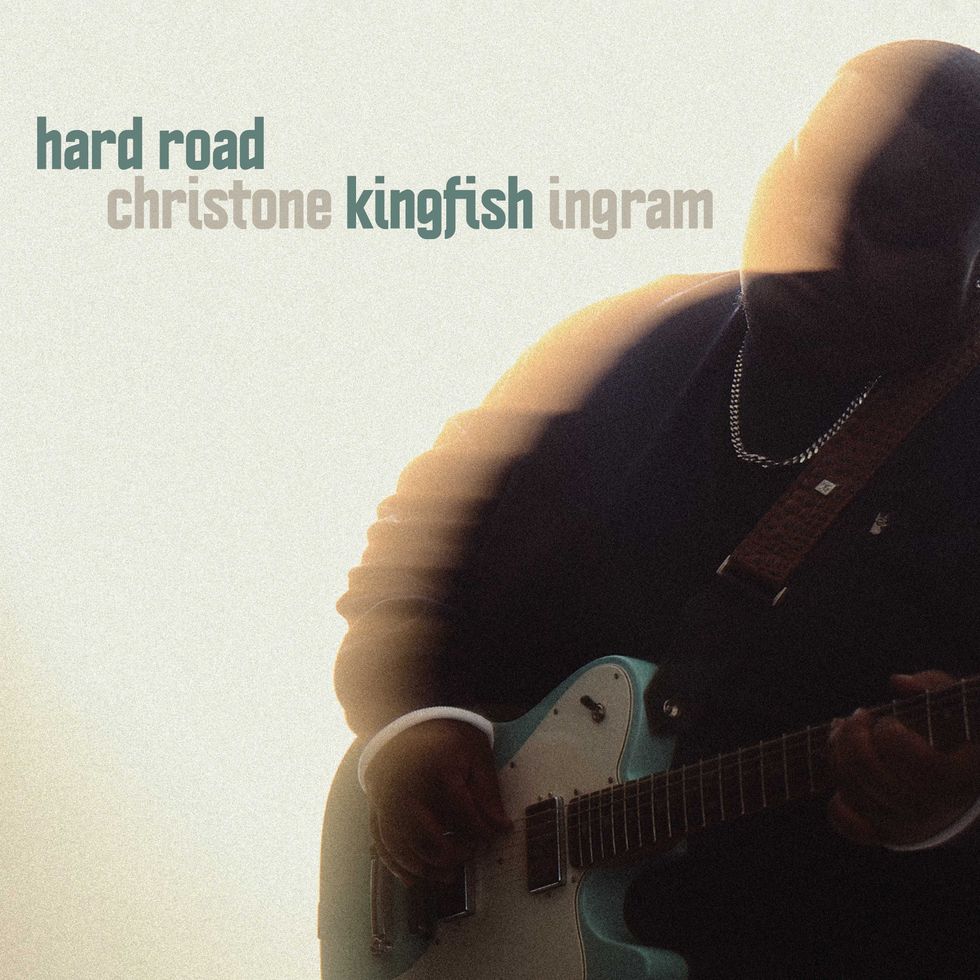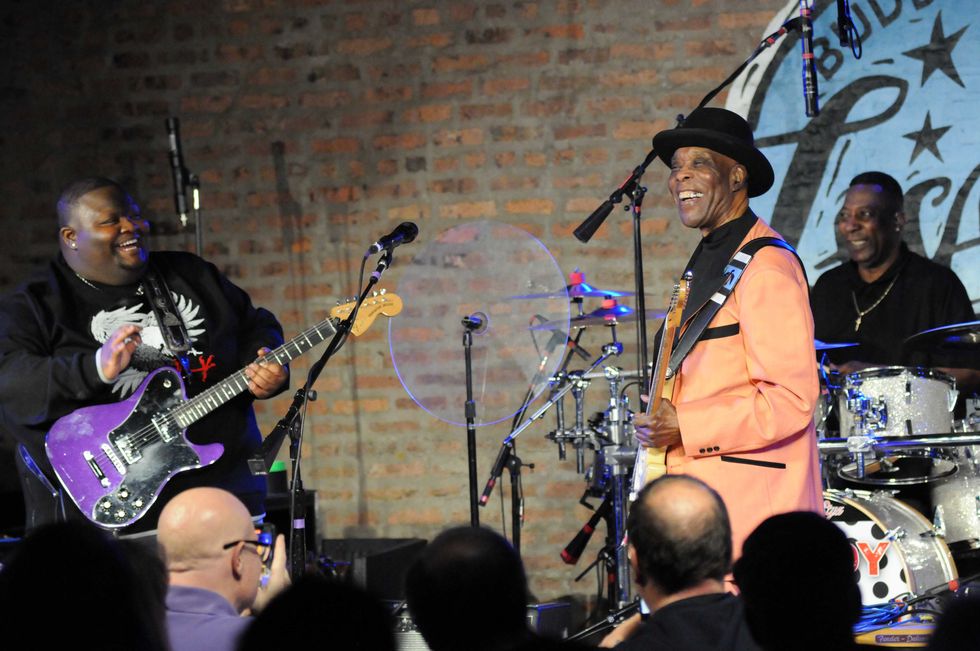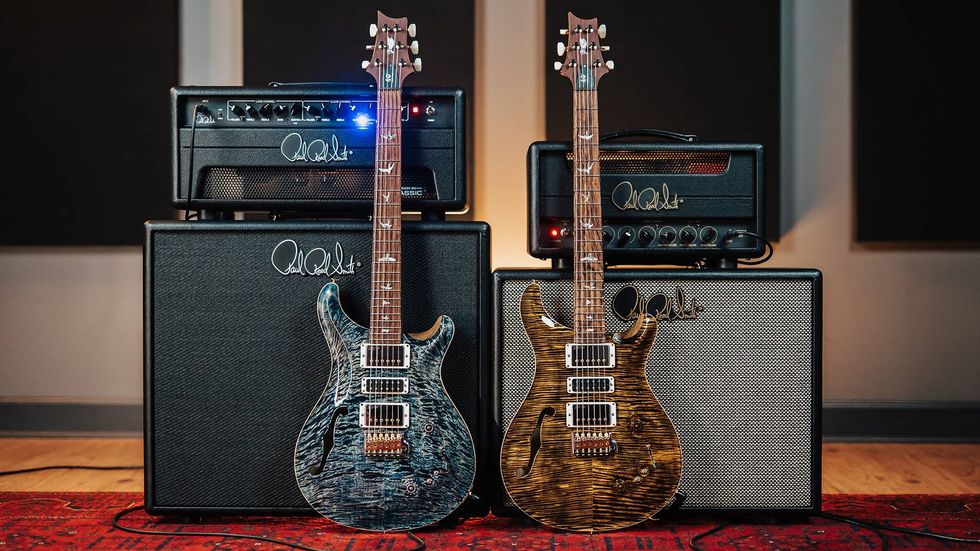Audix microphones are a crucial part of the historic rock band’s sonic formula. Tappero and front-of-house engineer Colin Loynachan explain why … and how.
Great songs and chops are crucial to any band’s musical success, but they don’t mean much if the band doesn’t sound equally great live and on album. Part of that is gear—guitars, amps, stompboxes, and everything else in your signal chain—of course. But audiences and fans don’t really hear gear. They hear the sound captured on recordings and in the front of house at shows by microphones—an absolutely critical but sometimes overlooked component of making a great band sound as great as they truly are.
Soul Asylum’s bassist Jeremy Tappero knows this, as both a stellar player and an experienced engineer. He shares the stage with the Minneapolis-based band’s founder Dave Pirner, guitarist Ryan Smith, and drummer Michael Bland, of Prince fame. And they—along with Soul Asylum’s front-of-house engineer Colin Loynachan—share an enthusiasm for Audix microphones. Especially for vocals and drums, which are the two main focuses that mixes are typically built around.
Tappero and Loynachan took a deep dive into how they use Audix mics in the studio and onstage, but not until Tappero—Soul Asylum’s newest member—shared some deep background on his musical journey.
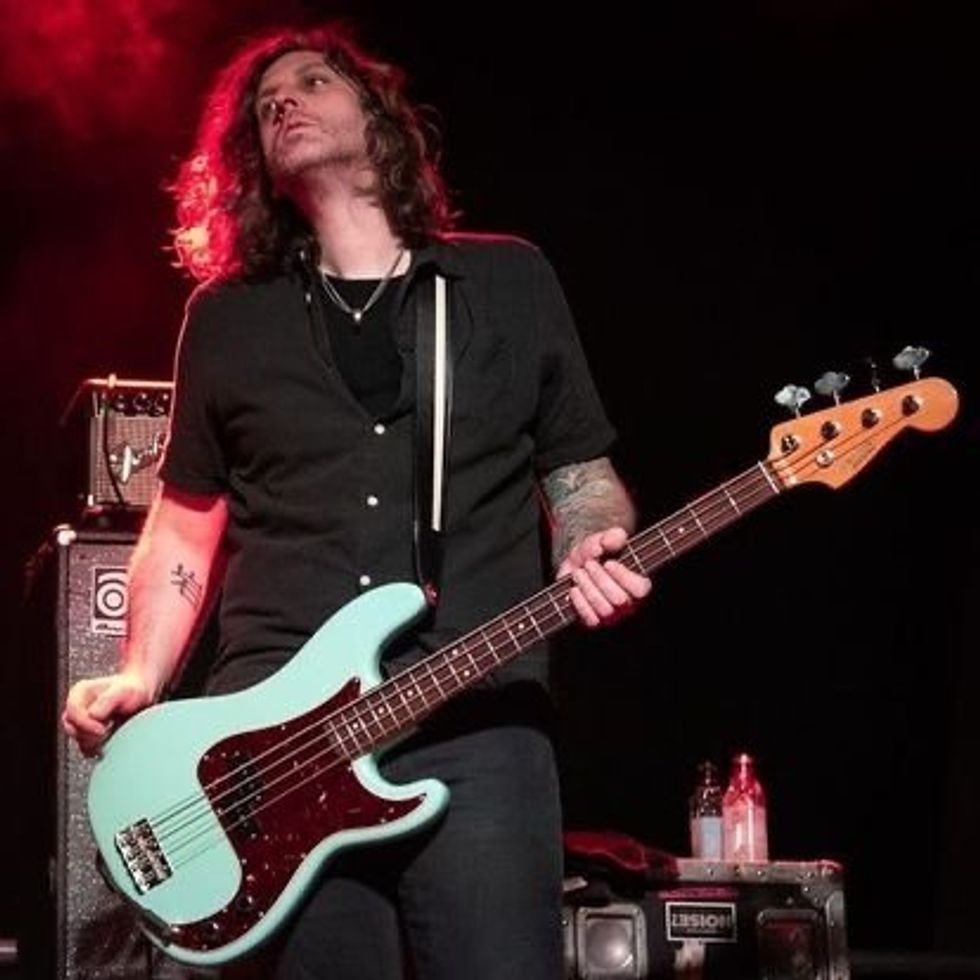
Jeremy, how did you join Soul Asylum?
Jeremy Tappero: I did the indie rock touring van thing for a long time. I was in a band called Gratitude that got signed with Atlantic Records. After a few years, that band got let go, and I found myself back home but itchy to get back on the road. Soul Asylum is obviously a staple here in Minneapolis.
I grew up in Madison, Wisconsin, and one of the big reasons I ended up in Minneapolis was the larger music scene there. As Soul Asylum were going back on the road, they were looking for a guitar tech. I jumped into that role. Later, they found themselves on the hunt for a bass player and I watched them audition a lot of people who would go on short runs or not really cut it.
I started thinking, “I can do better.” It was a hurdle because when you come into a group as a crew member, that’s how you’re perceived. Long story short, after they went through several bassists, I insisted on auditioning and wound up with the gig! I’m almost five years with the band now. Not only are they one of the better bands out of Minneapolis, but I think [lead singer] Dave Pirner is one of the better songwriters of his generation.
Would you describe your early musical background?

Jeremy Tappero: I started playing as soon as I was old enough to hold a guitar, I’d say as early as 5 years old. I remember my dad putting one in my hands and trying to get my fingers to stick in an E major chord. When I finally got it, I probably strummed E major for three hours.
My dad is also a bass player and played in bands as I was growing up. They rehearsed in our basement and when they were gone, I would go downstairs and play all their instruments. I really wanted to be a drummer, so I’d play their drums as much as possible.
It just so happened that the drummer for the band my dad played in was Butch Vig. I idolized him growing up, and used to tell people I wanted to be Butch Vig long before he was, you know, Butch Vig.
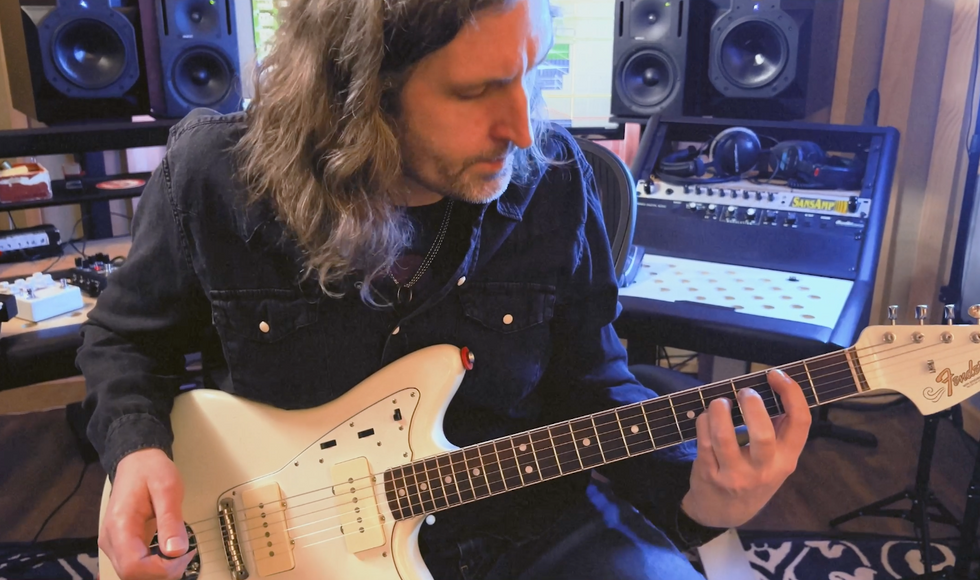
What was your point of entry into the music business as a professional?
Jeremy Tappero: I’m not sure that’s even happened yet! [laughs] My first paying job was in high school. There was a teen center in Madison, Wisconsin, called the New Loft. They’d have after-school activities during the week, and then bands playing on the weekends. At some point, they got a real booking agent and national touring bands would come through as well as local high school bands. I started being the sound guy there, I think in 10th or 11th grade. I got to meet a lot of the bands. I met Josh Freese when he was with the Vandals. I got to see a lot of punk, ska, young acts. You learn a lot when you get three or four bands up and down in a night.
You said you moved to Minneapolis for the music scene. How would you describe it?
Jeremy Tappero: There’s a ton of bands. There are giant rehearsal spaces with long waiting lists to get a spot. Rock bands, pop, funk—everybody is playing. The hip-hop community is going great. I don’t know if it’s our long winters, but maybe the idea of being indoors and making a record is part of it. Obviously, people think of the big three of R&B in Minneapolis: Prince, Morris Day, and Jam & Lewis. For rock, it’s the Replacements, Soul Asylum, Hüsker Dü, and so on. Everything cross-pollinates here. No matter their style, everyone was aware of what Prince was up to, and Prince was surprisingly aware of the local scene. There are all kinds of places to play, from fancy venues to kids doing $5 basement shows.
So, you’ve mentioned you’re an Audix devotee. Which Audix mics are you using and on what applications?
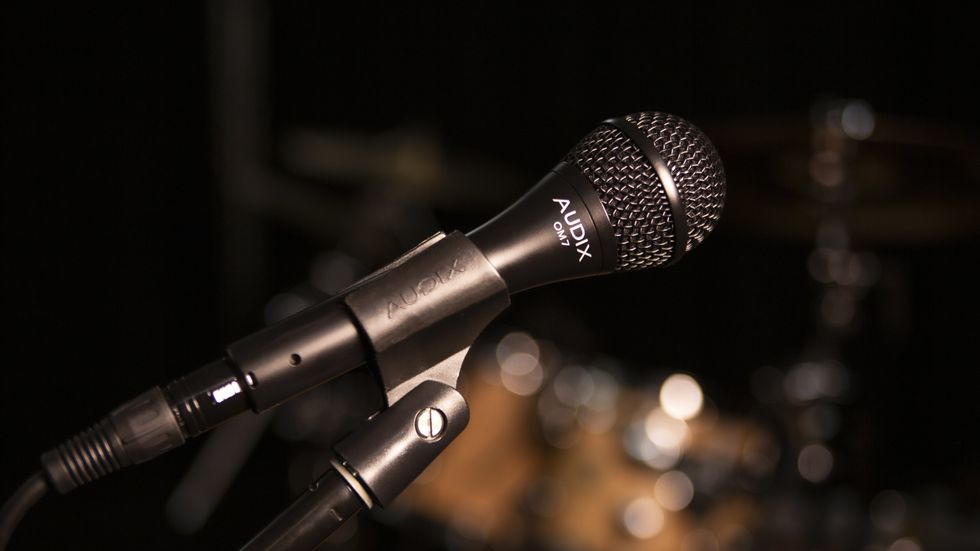
Jeremy Tappero: The D6 has been part of our package for quite a while now. We’ve been through a few vocal mics, but a few months ago, Colin, our sound guy, said, “I’m really fighting bleed when it comes to background vocals.” He was the one who drove us trying OM7s onstage. Colin had used them in various applications over the years, and Chris DeNogean [Audix artist relations manager] was nice enough to send us some. Colin was happy in the front-of-house, and our instruments had never been clearer in our in-ear monitor mix. The OM7s really rejected background sound well, and cymbals, guitars, and vocals were all very individuated and clear.
Colin Loynachan: As Jeremy said, the thing I love about the OM7 on vocals is its lack of bleed. Out of all the different mics I’ve used and different acts I’ve worked with, the OM7 is unparalleled in that regard. I can just leave them hot all the time. There’s also no mistaking the D6 on kick drum. We use it outside the drumhead, and it has such a clean attack on transients.
Jeremy Tappero: Everyone in the band except Dave is on in-ear monitors. Changing to the OM7 was a night-and-day difference in terms of the clarity of vocals in our in-ear mixes. The crispness of the high end and the rejection as well … I could crank up a vocal in my in-ears without bringing up the roar of the stage behind the mics and without competing with things like cymbals.
How did you first become aware of Audix microphones?
Colin Loynachan: You know Peter Greenland? He was Willie Nelson’s front-of-house guy for a long time, and he’s sort of a legend in Minneapolis. He’s worked with the Commodores and Phil Collins, too. He was an early adopter of Audix in the late 1980s. Whatever their first live vocal mic was, he bought a bunch. Later, he brought several OM5s to a couple of gigs we were doing. After that, I knew we had to get Audix for Soul Asylum.
What else strikes you about their sound for particular uses?
Colin Loynachan: Working live, we go as fast as we can. Especially with Soul Asylum, we do maybe two songs max at sound check. We don’t want to be up there three or four hours troubleshooting some little resonance in the floor tom, for example. More like 20 or 30 minutes. We’re focused on the big picture. Out of the box, I’m 90 percent of the way to the sound I want if I choose the right Audix mic for the source and place it properly. I don’t have to spend a bunch of time creating that sound after the fact.
Jeremy Tappero: A lot of their mics have a signature frequency shape, which is nice. When we got the OM7s, we just plugged those into the same signal chain as always. There was no EQ change, and the first time I heard them, everything was instantly clearer.
Soul Asylum “Somebody To Shove” Live @ Manchester Ritz 11/11/22
Jeremy, how do you balance touring with owning a recording studio and producing bands?
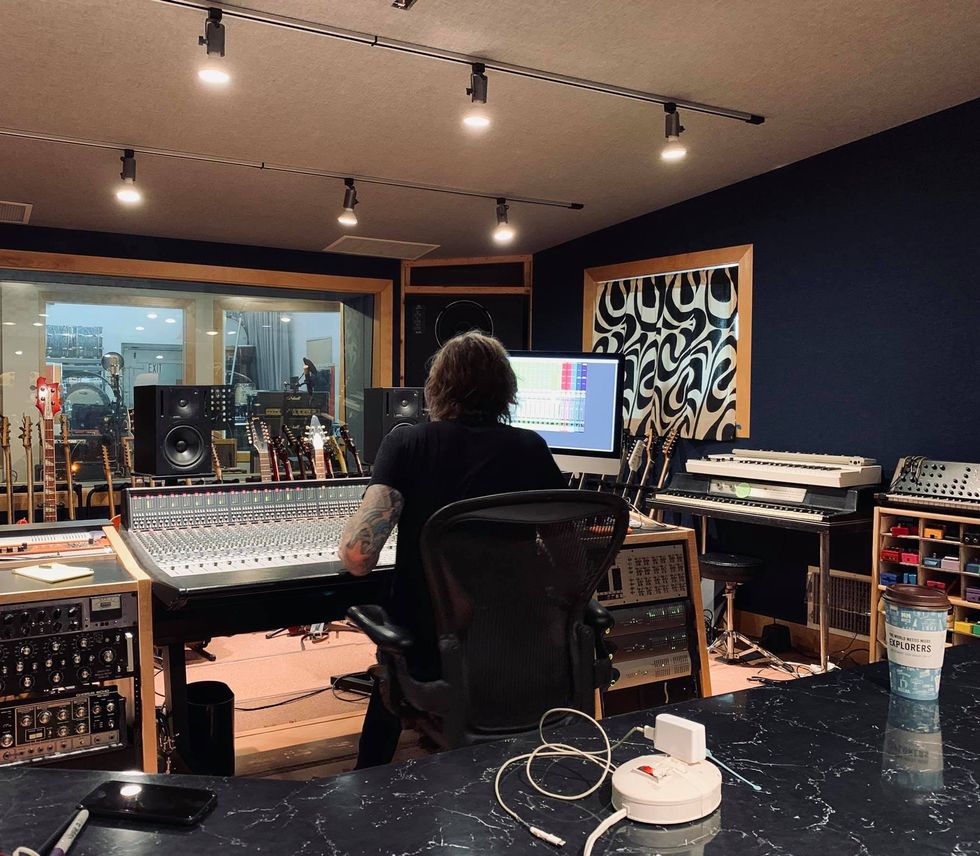
Jeremy Tappero: I think one helps the other. When I’m working a lot in the studio, I look forward to getting out on tour, and when I’m on the road I look forward to getting home. It also focuses me in terms of scheduling. If I have to tell bands I’ll be gone for a month here or two months there, it narrows down the possibilities and everyone seems to get more serious. So, each keeps the other fresh.
We know you have a blast onstage. What’s your favorite thing about producing and recording other bands?
Jeremy Tappero: I really enjoy working with a band for whom it’s their first time in the studio. I remember how magical that felt when I was young. Now, to be able to be the person who’s mentoring a young musician through their first recording.... It’s really rewarding to see their music come together in a way they maybe didn’t imagine.
Can either of you speak to Audix’s durability? How do the mics handle the rigors of the road?
Jeremy Tappero: I’ve had an i5 as long as I can remember. I think you could literally punch a hole in drywall with it and it would work fine. Put it this way. I’ve never seen an Audix in anyone’s dead mics box. And both Colin and I have extensive boxes! [laughs]
What future projects or applications for Audix mics are on your radar?
Jeremy Tappero: We’d like to try the SCX25A—the “lollipop” mics—as drum overheads. In the studio, I could see them going anywhere, like on a grand piano. We also have some “unplugged” style shows coming up later this year, with a string quartet and some other acoustic players, so maybe we’ll even use them in that context. I’m sure Colin’s wheels are already turning as to which mic to put on which instrument!
Colin Loynachan: I’m also pumped about the SCX25A. We first tried them on a show when an audio production company brought them in. We put them on overheads, and they were very smooth, almost like ribbon mics but not as dark. For the unplugged shows, they’d probably be my first choice on acoustic sources.
Let’s wrap up a little differently. Tell us about a nightmare gig and how you survived it.
Jeremy Tappero: Soul Asylum did a big festival in Mexico City. Anything that could go wrong, did. It started off with our tour manager’s passport going missing. We made it to Mexico City, and the next morning, the van that was supposed to take us to the venue became unavailable at the last minute. [The next van] was three hours late and the driver had no idea where he was going. We were literally driving off the road through fields at one point. The band Filter was playing their final song when we arrived. We had literally minutes to set up. Somehow, we pulled through, started and ended on time, and had a great show. But getting there was more Spinal Tap than Spinal Tap!

 Hypercard-Extreme Dyn Vocal Mic
Hypercard-Extreme Dyn Vocal Mic



